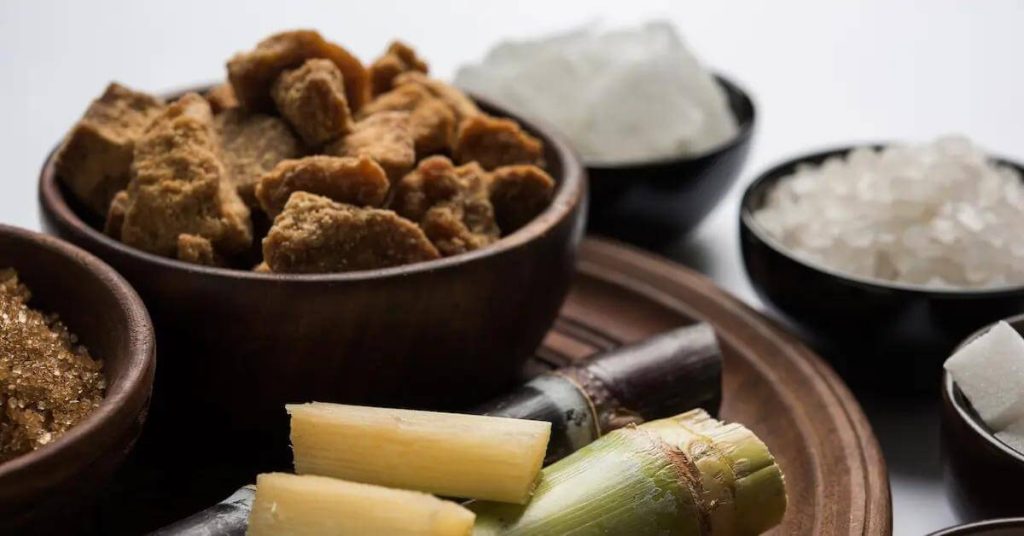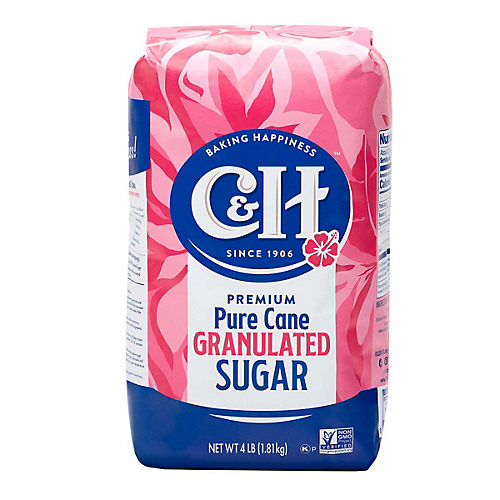Cane Sugar Processing Explained: What Happens Inside a Sugar Mill
Wiki Article
Discovering the Comprehensive Tips Involved in Walking Stick Sugar Handling From Gathering to Improvement
The process of cane sugar manufacturing incorporates a series of intricate steps, starting with the cautious harvesting of sugarcane and culminating in the refinement stages that make sure the final product satisfies sector requirements. Each stage, from the removal of juice to the purification and formation processes, plays an important duty in figuring out the high quality and personality of the sugar.Gathering Sugarcane
Collecting sugarcane is a critical action in the walking cane sugar processing chain, as it directly affects the top quality and return of the end product. Appropriate timing and strategies are essential during this phase to make sure optimum sugar content and decrease losses. Usually, sugarcane is collected when it reaches maturation, normally 12 to 18 months after growing, characterized by a high sucrose concentration.
:max_bytes(150000):strip_icc()/what-is-cane-sugar-5200549-hero-02-b1985b1d539645fb9a038b9c3e73f681.jpg)
Post-harvest, the sugarcane has to be refined promptly to stop sucrose deterioration. Preferably, harvested walking cane must be transferred to processing centers within 1 day to preserve sugar high quality. For that reason, reliable logistical planning is essential to maintain the integrity of the harvested crop throughout the supply chain.
Removal Process

The smashed cane goes through a series of pushing procedures to maximize juice recuperation. Typically, warm water is sprayed onto the smashed walking cane, creating a countercurrent flow that assists dissolve the sugar while additionally aiding in the extraction process. The juice accumulated from this procedure contains not just sugar yet likewise numerous natural compounds and pollutants.

To boost removal effectiveness, some facilities may employ diffusion approaches, where the sugarcane is taken in warm water, allowing the soluble sugars to diffuse into the liquid. The resulting juice, abundant in sucrose, is after that guided to subsequent processing phases, laying the structure for filtration and improvement. The removal process is thus critical in determining the quality and yield of the final sugar item.
Purification Strategies
The filtration strategies utilized in walking stick sugar handling are vital for transforming the raw juice right into a top quality sugar product. These techniques mainly aim to remove impurities, such as dirt, plant products, and inorganic compounds, which can detrimentally affect the final product's flavor and shade.This process includes adding lime and heat to the raw juice, which promotes the coagulation of contaminations. Furthermore, the usage of phosphoric acid can boost the information procedure by additional binding contaminations.
One more substantial strategy is carbonatation, where carbon dioxide is presented to the cleared up juice. This response generates calcium carbonate, which records remaining contaminations and advertises their removal.
Additionally, triggered carbon therapy might be put on adsorb any kind of remaining colorants and organic pollutants, ensuring a much more polished product. The combination of these approaches properly prepares the sugar juice for subsequent steps in the refining procedure, establishing the phase for the production of premium walking cane sugar.
Formation Approaches
After the filtration stage, the following vital action in click this site cane sugar handling involves crystallization techniques, which play a critical function in changing the made clear juice right into strong sugar. This procedure typically uses two key techniques: spontaneous condensation and regulated formation.In spontaneous formation, supersaturated sugar options are permitted to cool down naturally, bring about the formation of sugar crystals gradually. This method is less complex yet might cause uneven crystal dimensions and reduced pureness levels. On the other hand, regulated condensation is a more accurate strategy where temperature level, focus, and seeding agents are meticulously taken care of. This method permits the uniform development of sugar crystals and greater pureness.
Throughout condensation, the made clear juice is focused via dissipation, boosting its sugar material until it reaches supersaturation. Once this point is accomplished, either technique can promote the crystallization process. Cane Sugar Processing. The resultant sugar crystals are then separated from the remaining syrup via centrifugation
Eventually, the selection of crystallization method affects the quality, size, and purity of the final sugar product, making this action crucial in the total cane sugar handling treatment.
Improvement and Product Packaging
Just how can the pureness and top quality of cane sugar be better improved after formation? The improvement procedure plays a critical duty in achieving high-quality walking cane sugar. Following formation, sugar undertakes a comprehensive official source washing to eliminate pollutants and residual molasses. This is typically accomplished making use of warm water or steam, which helps dissolve and draw out unwanted aspects while maintaining the sugar crystals.Following, the sugar is browse this site subjected to a procedure called centrifugation, where it is spun at broadband to separate the purified sugar crystals from the continuing to be fluid. After centrifugation, the sugar is often more refined through a technique called carbonization or phosphatation, which uses turned on carbon or phosphoric acid to eliminate shade and off-flavors.
As soon as improved, the sugar is dried out to accomplish the wanted moisture content, making certain that it stays steady throughout storage and transport. The final step entails product packaging the refined sugar in moisture-proof and closed containers to maintain its high quality and avoid contamination. Cane Sugar Processing. Appropriate product packaging not just expands service life yet additionally facilitates very easy handling and circulation, ensuring that consumers get sugar that fulfills the highest criteria of pureness and top quality
Verdict
The thorough steps entailed in walking stick sugar processing, from the precise harvesting of sugarcane to the detailed refinement and product packaging stages, emphasize the importance of each phase in making certain top quality sugar manufacturing. Optimum harvesting strategies, effective removal approaches, and extensive filtration procedures collectively contribute to the end product's purity and security. The formation and succeeding product packaging techniques further improve the integrity and service life of the sugar, highlighting the complexity and precision inherent in this essential agricultural market.The process of walking cane sugar production incorporates a collection of detailed actions, starting with the careful harvesting of sugarcane and finishing in the refinement stages that make certain the final product meets industry requirements. Preferably, collected walking stick must be transported to processing centers within 24 hours to preserve sugar top quality.In spontaneous formation, supersaturated sugar services are permitted to cool naturally, leading to the formation of sugar crystals over time - Cane Sugar Processing. The refinement process plays a critical role in achieving high-grade cane sugar.The detailed steps entailed in walking stick sugar handling, from the precise harvesting of sugarcane to the complex refinement and packaging stages, highlight the relevance of each stage in ensuring top notch sugar manufacturing
Report this wiki page